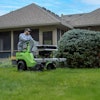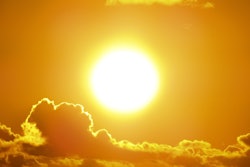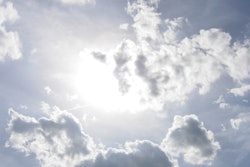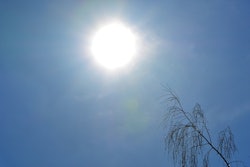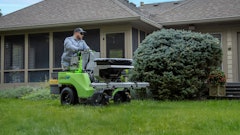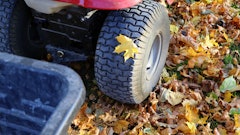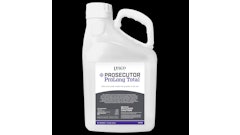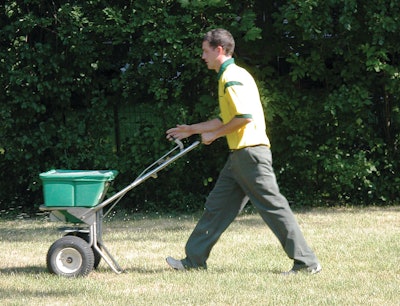
Maintaining turfgrass is not much different than maintaining a car or a home. Keeping turfgrass healthy requires continual attention including watering and mowing to make it look and perform at its best. Erica Santella, regional technical manager at TruGreen, shares easy tips to avoid a sudden decline in the appearance and health of turfgrass as summer cooks along.
Always mow at the proper height. It is important to mow to the proper height and not scalp the turf, as scalping (removing too much of the leaf tissue at one time) will greatly affect the quality and curb appeal. Turf will go from thick and green to brown and straw-like in a matter of seconds when too many leaves are removed at one time. As a rule, never take more than one-third of the leaf blade off at a time. Should scalping occur, keep adequate moisture in the soil to aid in turf recovery.
Always sharpen mower blades. In the event that a lawn in your care is mowed with a dull blade, don’t cut it shorter to “fix” it. The leaf blades actually shred and give a white-looking cast to an otherwise green lawn. Instead, have the mower blades sharpened, then give the lawn a nice trim in a few days. You may not see the usual clippings, but re-mowing will get rid of split ends.
Always read the directions on any material applied to turfgrass. Whether a treatment is made for nutrition, insects, weeds or diseases, follow the directions. Failing to do so may result in improper product application. The negative consequences can be swift and severe, and ultimately damaging to turf. It is worth the time to read the manual first.
Growing a nice lawn is a process, not a treatment or piece of equipment. Hard work and learning the proper way to apply products will bring a healthy and beautiful turf during the summer heat. Consult a professional, such as TruGreen, to determine the best plan to help lessen the seasonal stresses—drought, floods or extreme temperatures.

